Gasparotto draws on experience to win Amstel Gold Race
First Italian classic victory since 2008
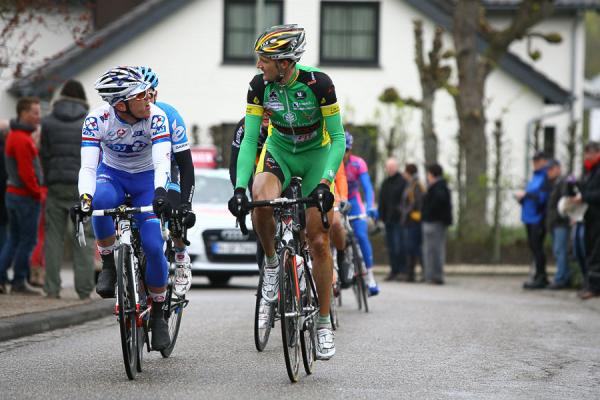
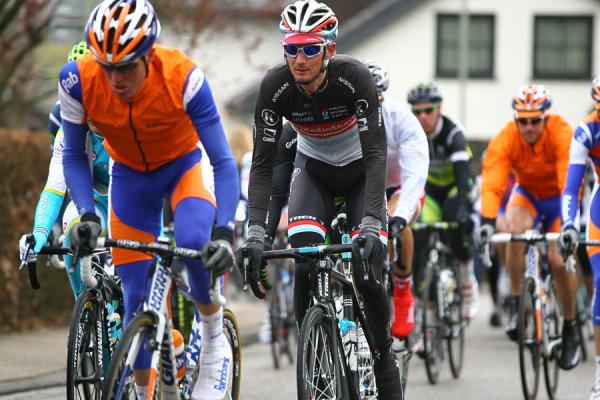
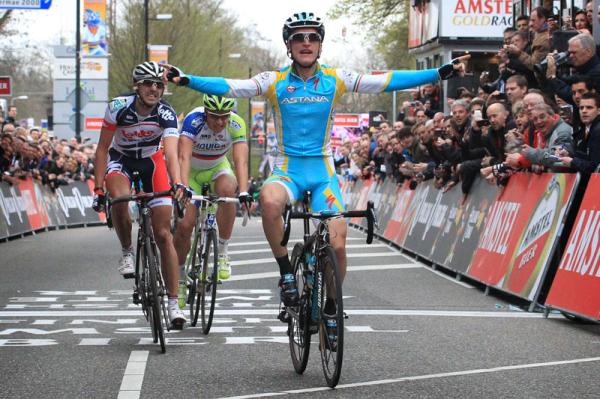
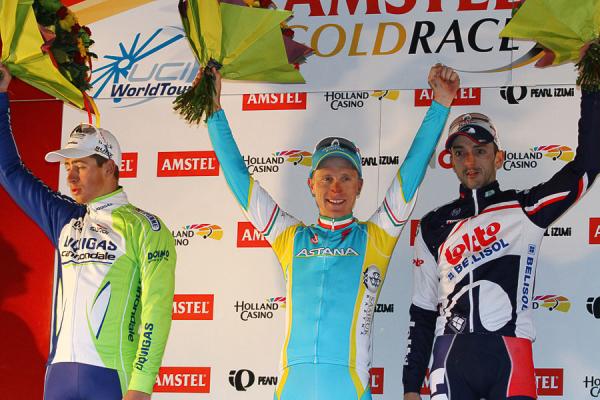
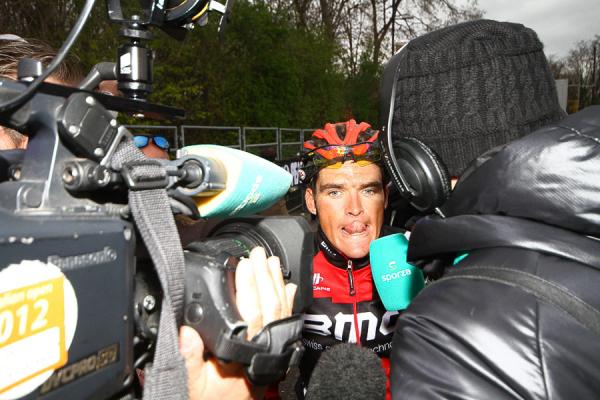
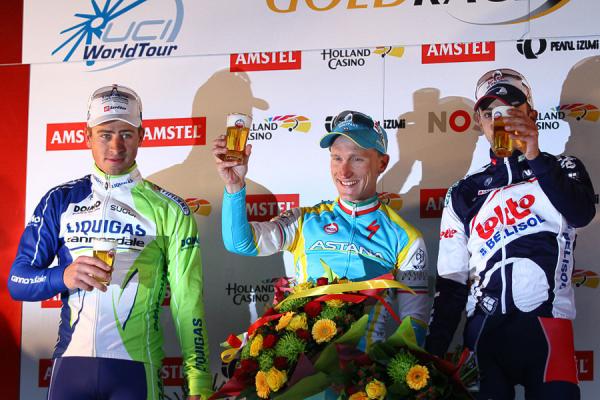
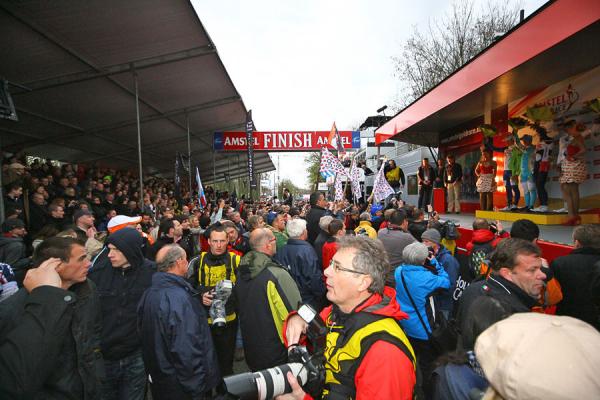
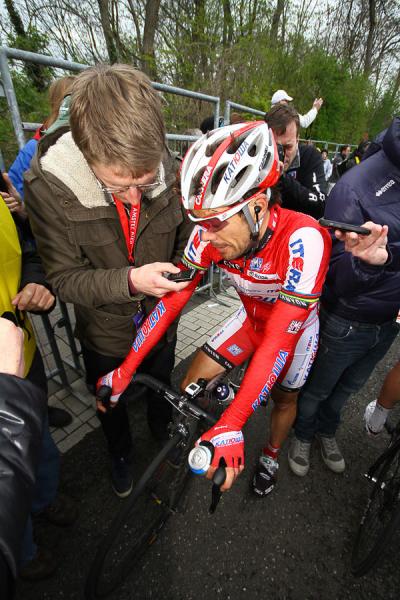
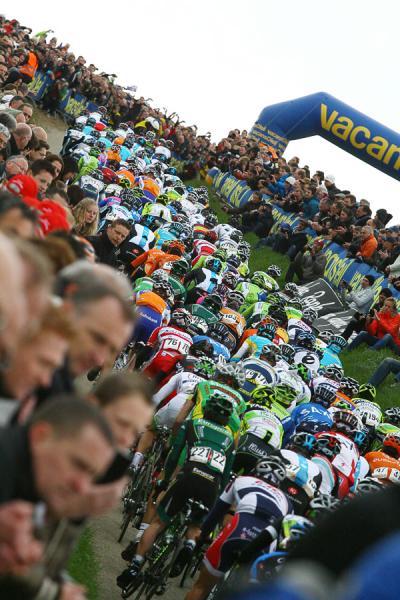
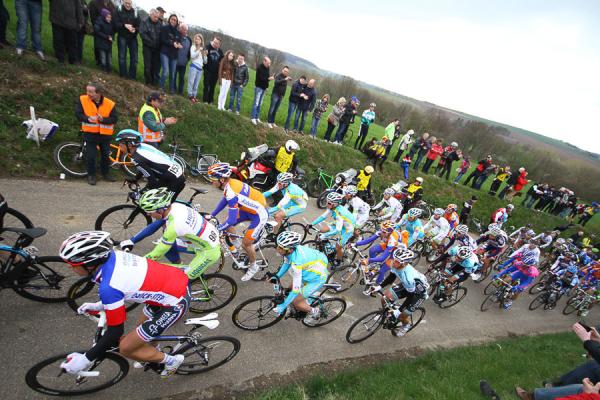
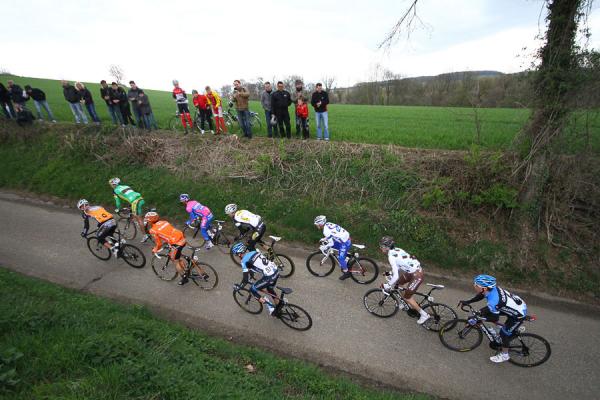
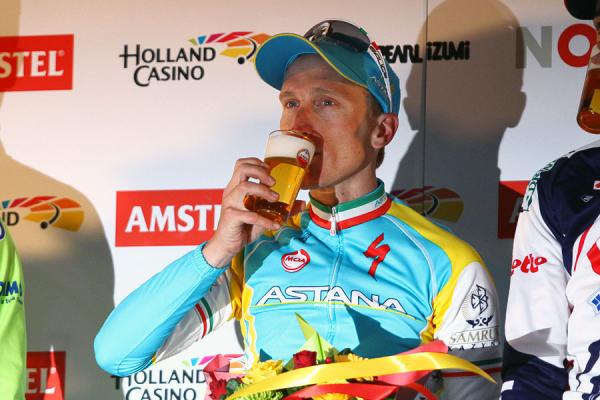
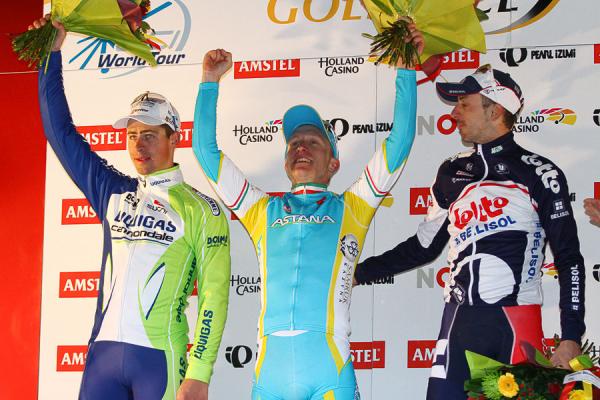
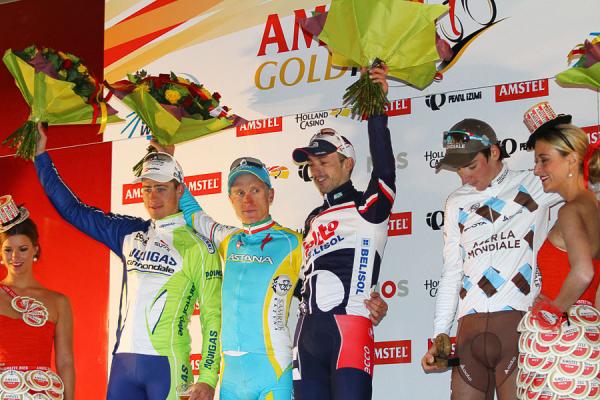
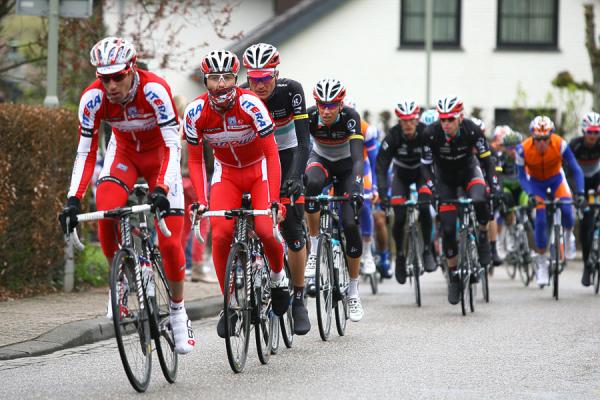
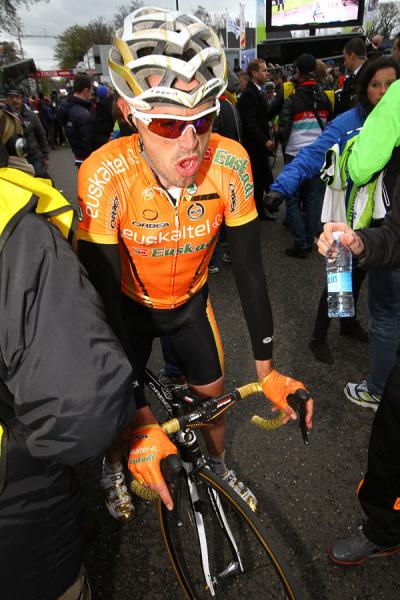
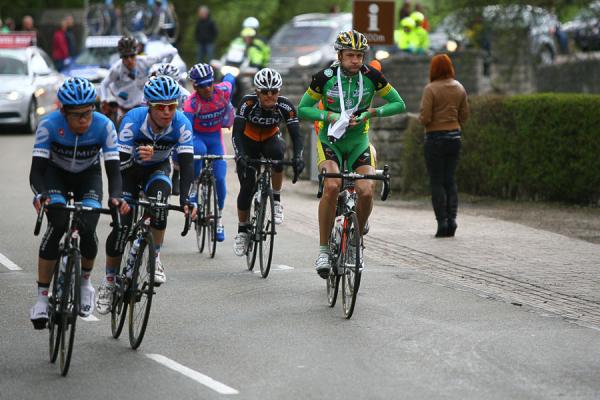
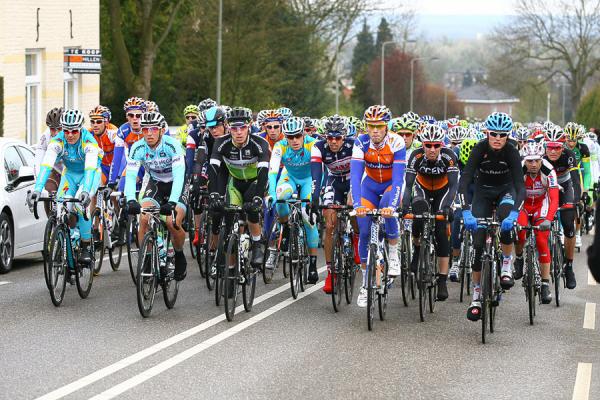
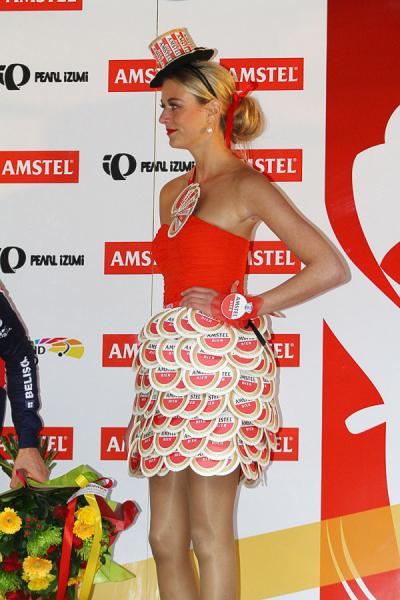
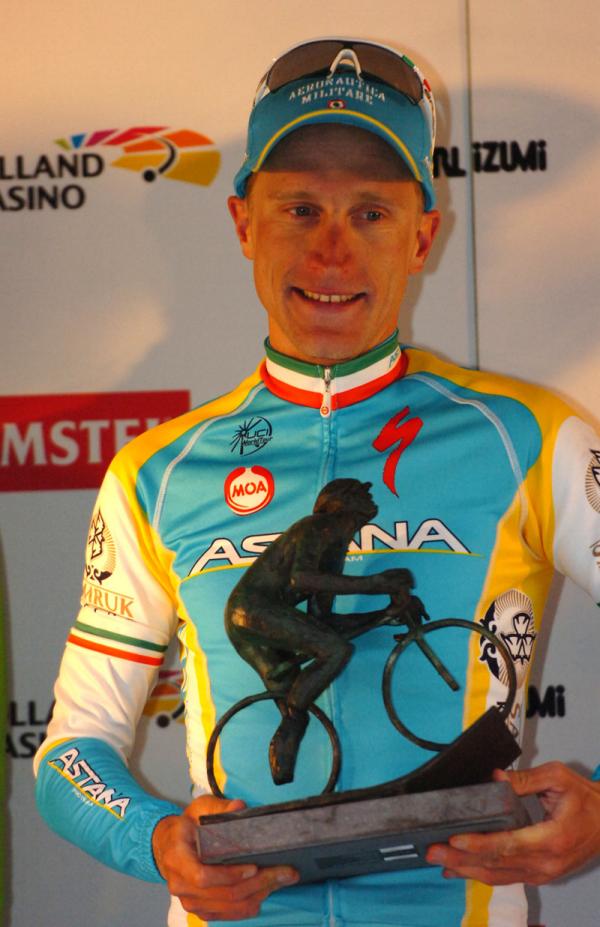
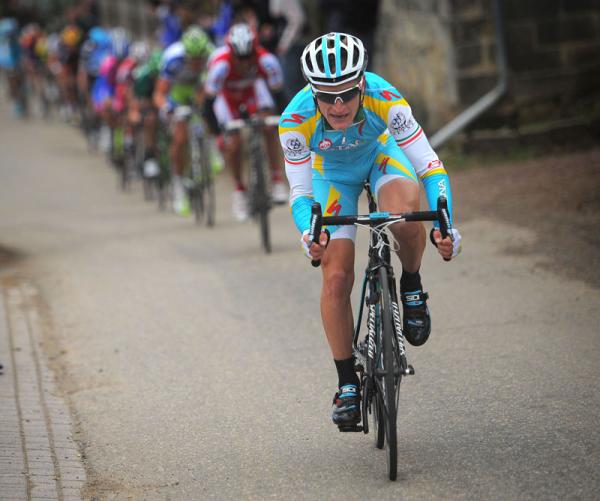
Experience is so often the crucial ingredient at the business end of the classics, and Enrico Gasparotto (Astana) used all of his nous to take a surprise victory at Amstel Gold Race.
The devil is in the detail of the final haul up the Cauberg, and Gasparotto had the lessons of his third place finish in 2010 etched on his subconscious as he stole past Peter Sagan (Liquigas-Cannondale) and Jelle Vanendert (Lotto Belisol) in the closing metres.
Though just 800 metres in length, and not as steep as the more storied Mur de Huy, there is a beguiling subtlety to the Cauberg, a climb that so often calls out to riders like a siren only to leave them shipwrecked and floundering within sight of the line.
“I know that I don’t have the same kind of power as Peter, so I used the 39 on the steepest part and I just tried to stay on the wheels of the others. Then just when the road flattened out for the last 200 metres, I put it in the 53 and it was just those final 20 metres that allowed me to come past Peter,” Gasparotto said afterwards.
Wincing with cramps as he gingerly descended the dais after his post-race press conference, Gasparotto opted to sit on the steps to continue dissecting the race with reporters. Stretching out his legs, he smiled as he pointed to his thighs. “I don’t have a big muscle mass, so you when you’re like me you need to use the head a bit. I think that was the key to the sprint.”
Gasparotto admitted that he had been powerless in the face of a fearsome acceleration from a “super Gilbert” on the Cauberg two years ago, but he still harboured regrets about allowing Ryder Hesjedel come past him for the second spot on the podium.
“I was second up until the closing metres just like Peter was in front today, but the last 10 metres in 2010 cost me the second place to Hesjedal. I remembered that all too well,” he said.
The latest race content, interviews, features, reviews and expert buying guides, direct to your inbox!
Ironically, it was the very man who was so other worldly on the Cauberg the past two seasons who unwittingly contributed to Gasparotto’s victory. With lone escapee Oscar Freire (Katusha) putting up fierce resistance out in front, Gilbert’s acceleration on the final climb was arguably all that prevented the veteran Spaniard from staying clear.
Gilbert delighted the many Belgians who had crossed the border to line the hillside by summoning up some of his vim of old after a beleaguered start to life at BMC, but his renaissance stalled inside the final 200 metres.
“At that point, I thought Oscar would get there, I really did,” Gasparotto said. “But great champions want to win, and that’s what Philippe tried to do. If he had stayed on the wheels, Oscar would have won and maybe Philippe would have been second, but he wanted to try and win. In the end, maybe I had the fortune to be an outsider and I was able to take advantage of that.”
A quiet start
A 7th place finish at Trofeo Laigueglia aside, Gasparotto’s early season has been entirely bereft of significant results, and his final tune-up before Amstel Gold Race was a decidedly low-key outing at the Tour of the Basque Country. Little wonder, then, that the former Italian champion had barely registered as a genuine contender on the eve of the race.
“Well, this year at Strade Bianche and Tirreno I rode for Kreuziger, then I was sick at Milan-San Remo and at the Tour of the Basque Country I was working for Kiserlovski,” Gasparotto said by way of explanation for the rapid leap in his performance levels. “After 8 years as a pro I think I know when I should help others and when I should ride my own race.”
Gasparotto couldn’t resist revisiting his brief sojourn in the court of Damiano Cunego at Lampre in 2009, which came after his apprenceship at Liquigas and a year at Barloworld. “I think that 2009 was the year when I had my best Ardennes campaign but that year I was there to support Damiano and I had to work a lot for him,” he said. “This year, I came to Amstel with a team that gave me the chance to ride my own race.”
On the eve of the race, Italian coach Paolo Bettini noted that he would be watching with interest to see what Cunego and Giovanni Visconti (Movistar) could achieve on the roads that will host the world championships this September. With Cunego a faller on the Cauberg, it was instead the unheralded Gasparotto who took Italy’s first classics win since 2008 – when Cunego won his third Tour of Lombardy – and forced his way into Bettini’s thinking for Valkenburg.
“I was a reserve in Australia in 2010 but nothing more. Riding for the national team would be a great honour but I don’t have to say anything to Paolo,” he said. “We should let Paolo do his job in peace and we riders should do our talking out on the road.”
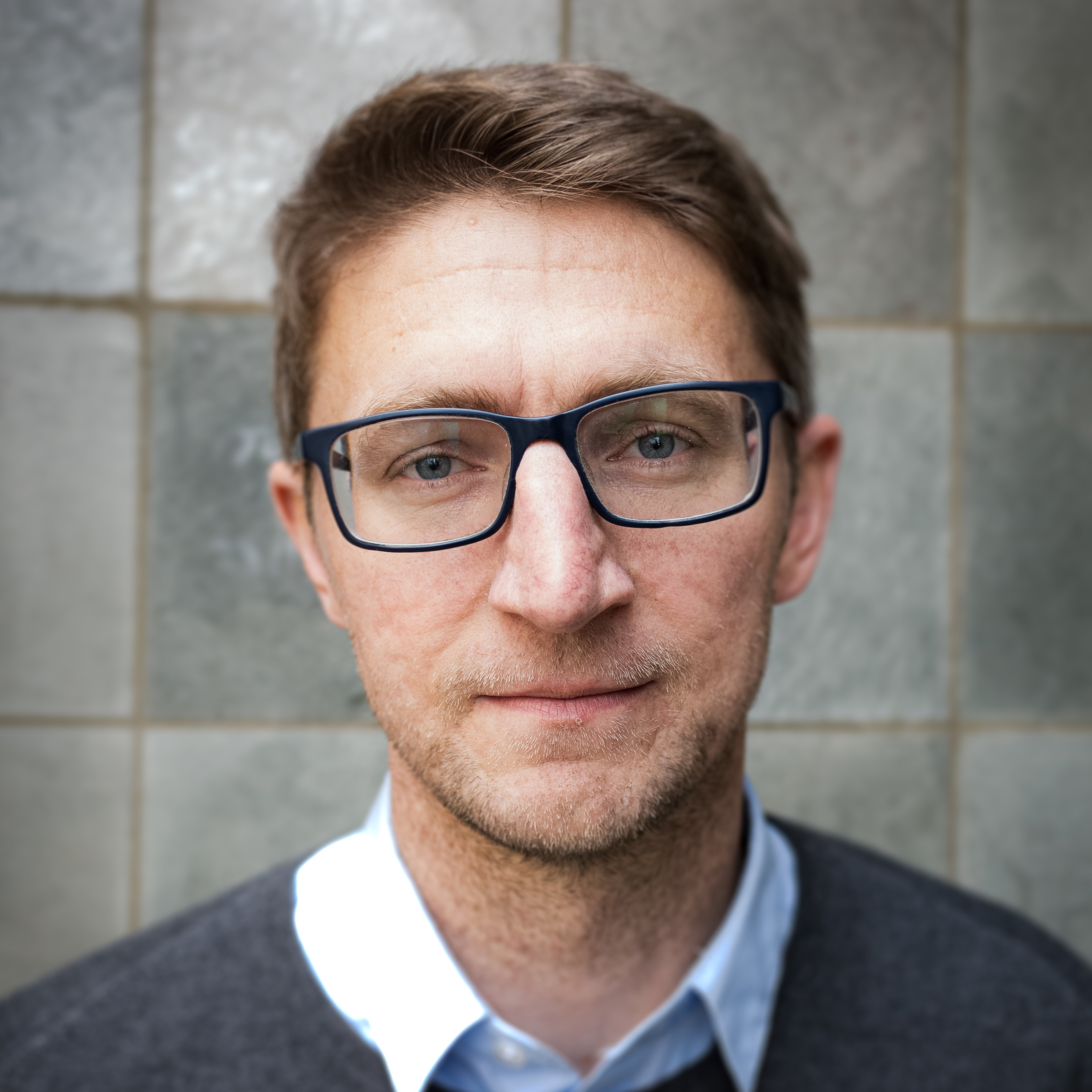
Barry Ryan was Head of Features at Cyclingnews. He has covered professional cycling since 2010, reporting from the Tour de France, Giro d’Italia and events from Argentina to Japan. His writing has appeared in The Independent, Procycling and Cycling Plus. He is the author of The Ascent: Sean Kelly, Stephen Roche and the Rise of Irish Cycling’s Golden Generation, published by Gill Books.